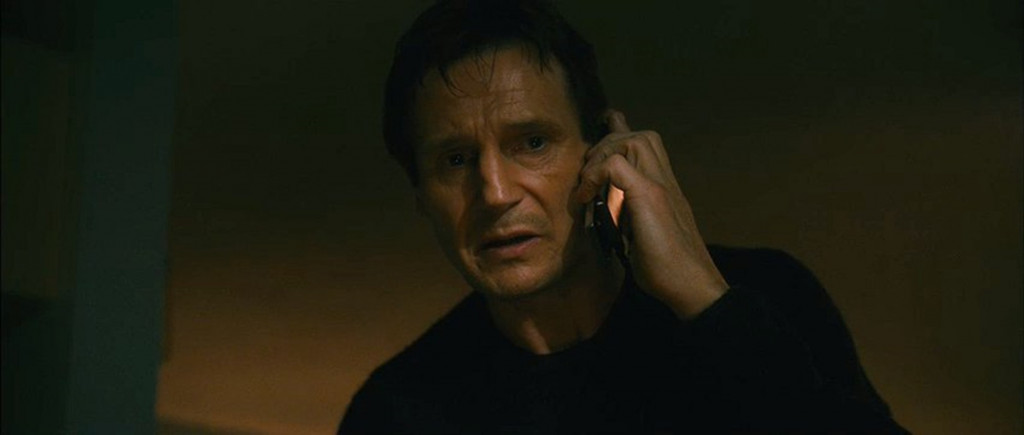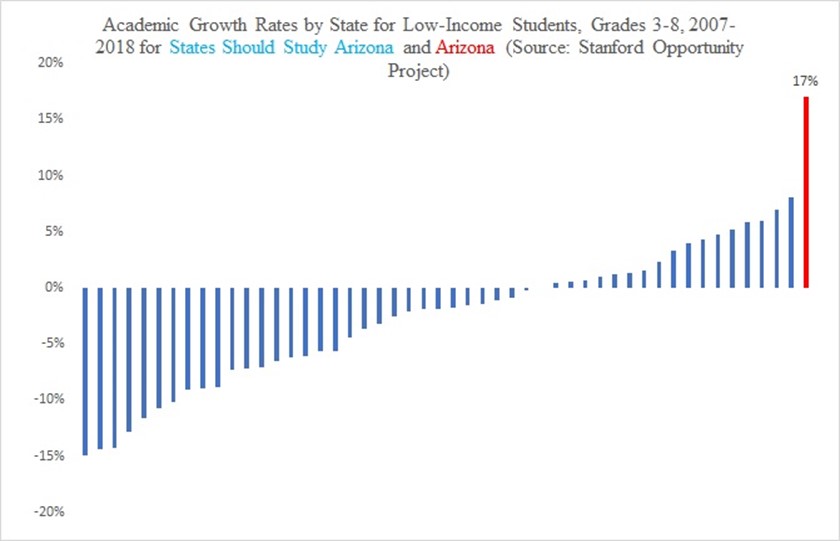
“I don’t know who you are. I don’t know what you want. If you are looking for ransom, I can tell you I don’t have money, but what I do have are a very particular set of skills. Skills I have acquired over a very long career. Skills that make me a nightmare for people like you. If you let my daughter go now, that’ll be the end of it. I will not look for you, I will not pursue you, but if you don’t, I will look for you, I will find you, and I will kill you.” — Liam Neeson
Arizona’s passage of universal ESAs leads to the question, “What’s next?” Some feel concerned that any number of rando grifter types will attempt to open private schools. Perhaps so, but then they will be snuffed out by an education sector that has developed a very particular set of skills acquired over a very long period of competitive K-12 policy. They will look for the students of grifter schools, they will find them, and they will kill schools that fail to satisfy parents. It’s all happened before, and it will all happen again. Saddle up; keep your cool; give it time. The ending here is as predictable as Taken.
Arizona started down the road to K-12 choice in 1994 with a liberal charter school law and a law forbidding open enrollment tuition. In 1997, lawmakers passed the first scholarship tax credit program, which was expanded multiple times. In 2011, Arizona lawmakers passed the first Education Savings Account program.
Most Phoenix area K-8 students do not attend their zoned district schools. District schools both lose and gain enrollment in the process. Low demand charter schools tend to fold quickly. Low demand district schools often go through a radioactive half-life as mostly empty zombie schools, but eventually school boards close or consolidate them. Zombie schools drain resources from teacher compensation, but school boards are famously cowardly when it comes to making painful adjustments opposed by angry mobs of parents. More district than charter students are affected by school closures overall, but the process grinds on year to year.
The survivors of 28 years of this process have developed a very particular set of skills. Numbered among these: driving the nation’s highest rate of academic growth as documented by the Stanford Educational Opportunity project. Below is a chart showing the rate of academic growth for economically disadvantaged students by state:

What is the “very particular set of skills” that makes me confident that Arizona educators will crush grifters? Three decades of working with families to figure out what they want for starters. Advanced experience dealing with real-estate, zoning and debt markets and recruiting teachers and training them up to achieve the above results. If you can imagine a type of school, an Arizona charter or district has probably either already tried it, discarded it, or else is running it. Demand discovery has been underway for almost three decades. The ESA program creates a new tool for these and other educators to employ.
I have never seen “Taken,” but put me down but as “all-in” on Liam Neeson putting down the bad guys. It will take time. There will be complaints and headlines. New models that satisfy parents will emerge. For decades now if you wanted to open a school in Arizona you had to bring an A-game. Nothing has changed on that front.
Arizona educators have dispatched grifters before. Watch them do it again. I can’t wait to see what America’s apex educators make with their new tool.


